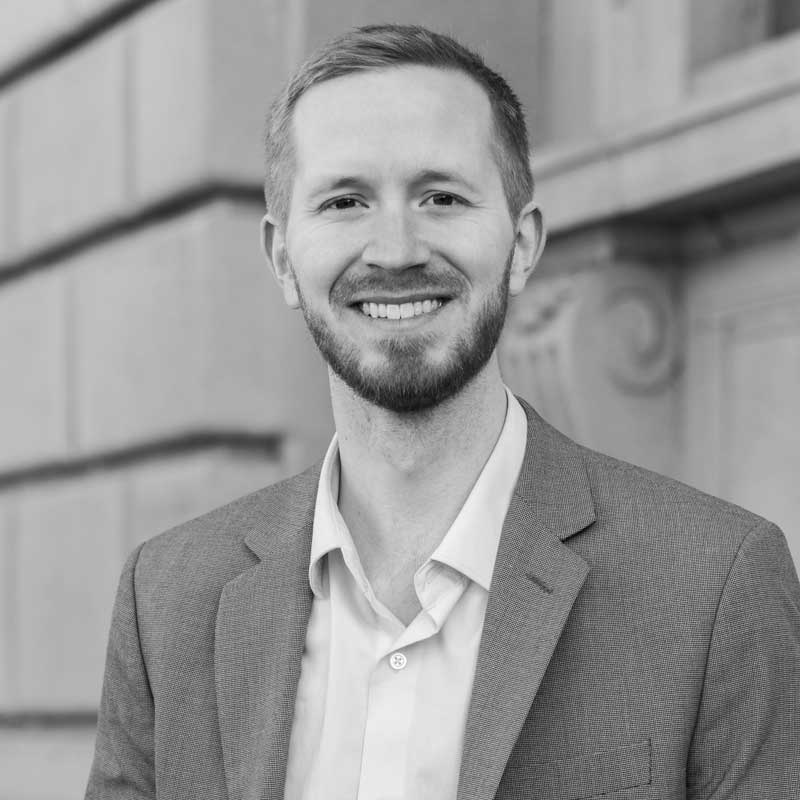Takeaway
I apply the principles I learned as a public school teacher to patient care: asking insightful questions, seeing the whole person, and fostering motivation for positive change.

Passion in the Medical Profession | June 27, 2024 | 2 min read
By Tyler Mains, MD, University of California, San Francisco
In Latin, “doctor” means “to teach,” a connection that resonates deeply with my experience as both an educator and a physician. Before entering medical school, I taught high school biology in the Baltimore City Public School System. Little did I know how profoundly this experience would shape my approach to medicine.
Asking good questions
As a new teacher, I initially focused on crafting perfect presentations, believing that clear explanations alone would suffice. However, I quickly learned that effective teaching isn’t about delivering information; it’s about asking the right questions. Once I shifted my lessons from curated slides to creative experiments, my students’ interest and success rose.
This realization mirrors the practice of medicine, where asking purposeful questions is crucial to narrowing down diagnoses. Taking a few extra minutes to probe deeper can prevent anchoring in the most common conditions. Just as a well-crafted question can unlock a student’s understanding, it can also reveal the nuances of a patient’s condition.
Seeing the human first
Teaching also taught me to look beyond first impressions. Take James, a bright student whose frequent absences masked a deeper story of family responsibilities. I initially wanted to write James off as a disinterested student who couldn’t care less about biology. However, by taking the time to understand his personal situation, I realized working with him during lunch and after school would unlock his passion for education and allow him to excel academically.
This approach translates directly to patient care. As a physician in a county jail, I’ve learned that listening is often the most potent form of medicine. In a dehumanizing environment, acknowledging emotions and practicing empathy can be more healing than any prescription. Sometimes, a simple deep breathing exercise can provide immediate relief, demonstrating that addressing the person behind the symptoms is crucial in both education and healthcare.
Finding the motivation
Effective teaching and medical care both rely on understanding what drives individuals. In the classroom, I discovered that connecting coursework to students’ personal goals could spark engagement. Once I had students envision their lives at 30 years old and share those goals with each other, they became more invested in the daily coursework.
Similarly, in managing chronic diseases, tapping into a patient’s intrinsic motivation is key. I recall a grandmother newly diagnosed with diabetes who found the drive to make significant lifestyle changes in her desire to be there for her granddaughter. By linking health goals to personal values, we can inspire the substantial behavioral changes necessary for better outcomes.
The parallels between teaching and practicing medicine are striking. Both professions require us to:
1. Ask insightful questions that promote understanding.
2. See the whole person, acknowledging their unique circumstances and emotional needs.
3. Find and nurture the motivation that drives positive change.
By viewing each interaction with patients as an opportunity to teach and learn, we not only improve health outcomes but also honor the true meaning of “doctor.” Whether in a classroom or a clinic, our role remains the same: to guide, support, and empower those in our care to reach their full potential.
This piece expresses the views solely of the author. It does not represent the views of any organization, including Johns Hopkins Medicine.

